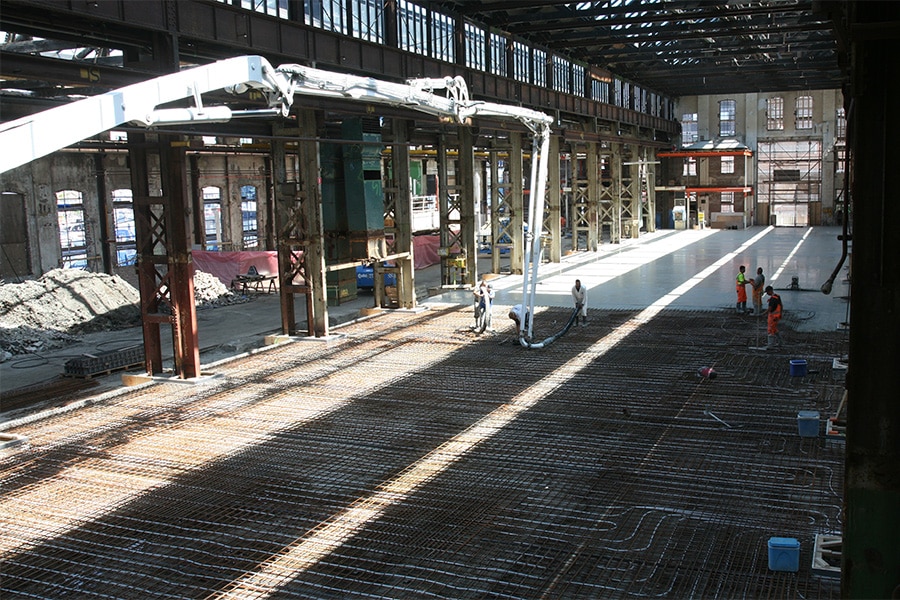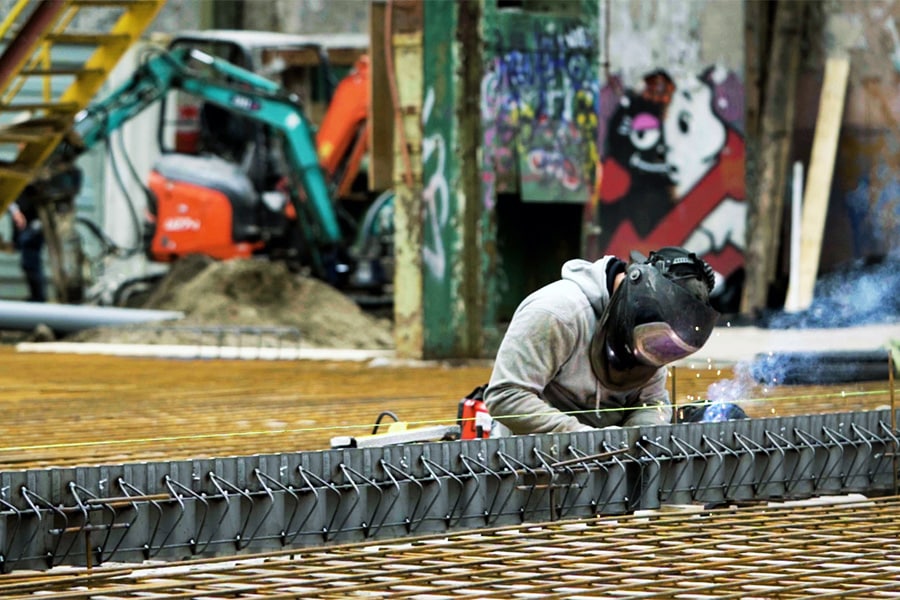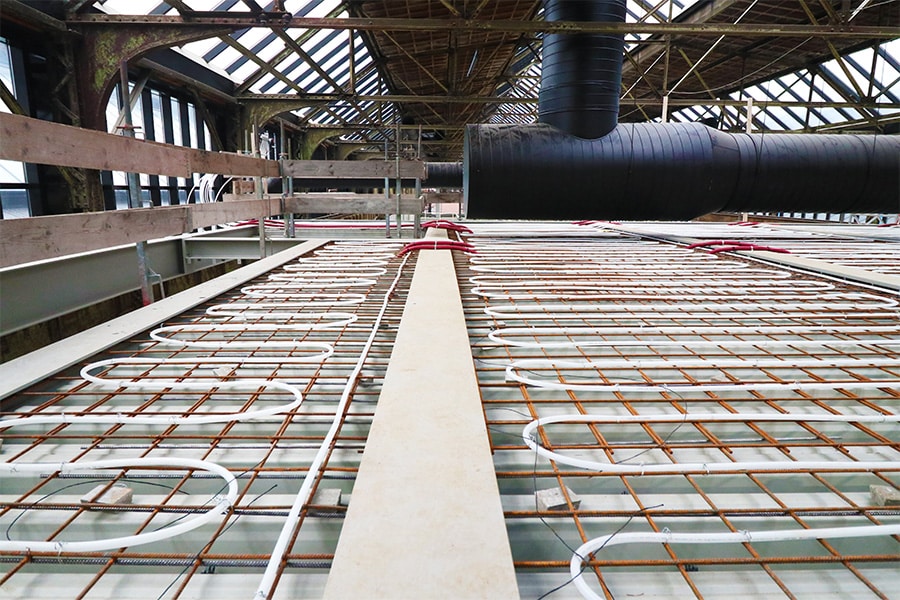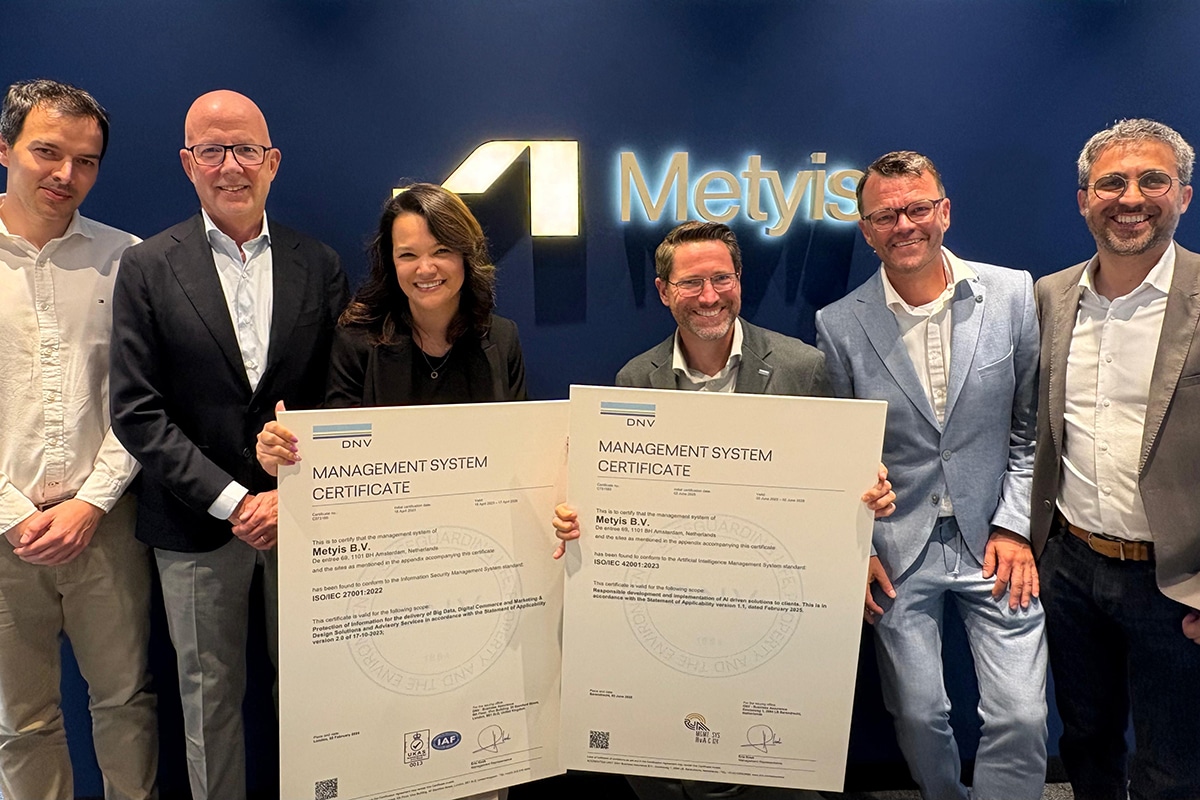
Achieve giant CO2 savings with gravel columns
Techniques such as depth compaction, Jetgrouting, CMM columns, Rigid Inclusions and gravel columns: it is daily business for Keller Funderingstechnieken. The world's largest independent company in the field of special soil techniques has noticed an increasing demand for gravel columns, especially in recent years. This is not surprising, given the circular nature of this technique and the gigantic CO2 savings (factor 12) that can be achieved compared to pile foundations.

In many cases, the Dutch subsoil is not load-bearing enough to build on. "Often the choice is then made to put a structure on piles," says Marcel Mertens of Keller Funderingstechnieken. "As a geotechnical contractor, however, we are better able than anyone else to improve non-bearing subsoil, allowing you to simply 'build on steel' foundations. One of the techniques we use for this purpose, which is also increasingly in demand, is the realization of gravel columns. Because there is no cement involved, the CO2 savings are enormous. Also, the entire floor construction can be made just 20% lighter. In addition, it is low-vibration and low-noise methodology."

Apartment complex on gravel columns
A soil improvement, according to Richard Looij of Keller Funderingstechnieken, can allow a structure to be founded "on steel," rather than on a deep pile foundation. "The big difference with a pile foundation is that with a gravel column we 'accept' light and even settlements. For example, if a floor in an industrial hall sinks 2 centimeters in its entirety, in many cases this does not pose any problem. As long as it happens evenly. If that is accepted, substantial cost savings can be made by constructing a foundation on gravel columns. The environmental impact, as mentioned, is also considerably lower because there is no cement involved, the CO2-burdening factor. That makes this technique more and more widely used." Mertens adds: "In the Netherlands, we recently founded the first multi-level building project on a total of 350 gravel columns 12 meters deep. This was a five-story apartment complex in Hoofddorp, built right next to existing homes. Directly on the ground improvement, the floor of the parking basement was poured."

CO2 calculator
Keller Funderingstechnieken is highly skilled in the realization of gravel columns. "In the Netherlands we have been using this technique for over thirty years for various projects," says Looij. "Traditionally gravel is used, but nowadays it is a multitude of materials, such as recycled concrete granulate or limestone. The latter then mainly in Belgium. The gravel columns under the apartment complex in Hoofddorp are also made of recycled concrete granulate. If necessary, the material can be excavated at the end of the life of the residential building and used elsewhere. You're not going to get more circular." Mertens: "As a geotechnical contractor, we always look at whether we can optimize a project into soil improvement, because the savings are enormous. We are now developing a CO2 calculator where we can quickly and efficiently visualize the savings for each project, because gravel columns are proving to be an interesting alternative for more and more projects."
Heeft u vragen over dit artikel, project of product?
Neem dan rechtstreeks contact op met Keller Foundation Engineering.
 Contact opnemen
Contact opnemen



